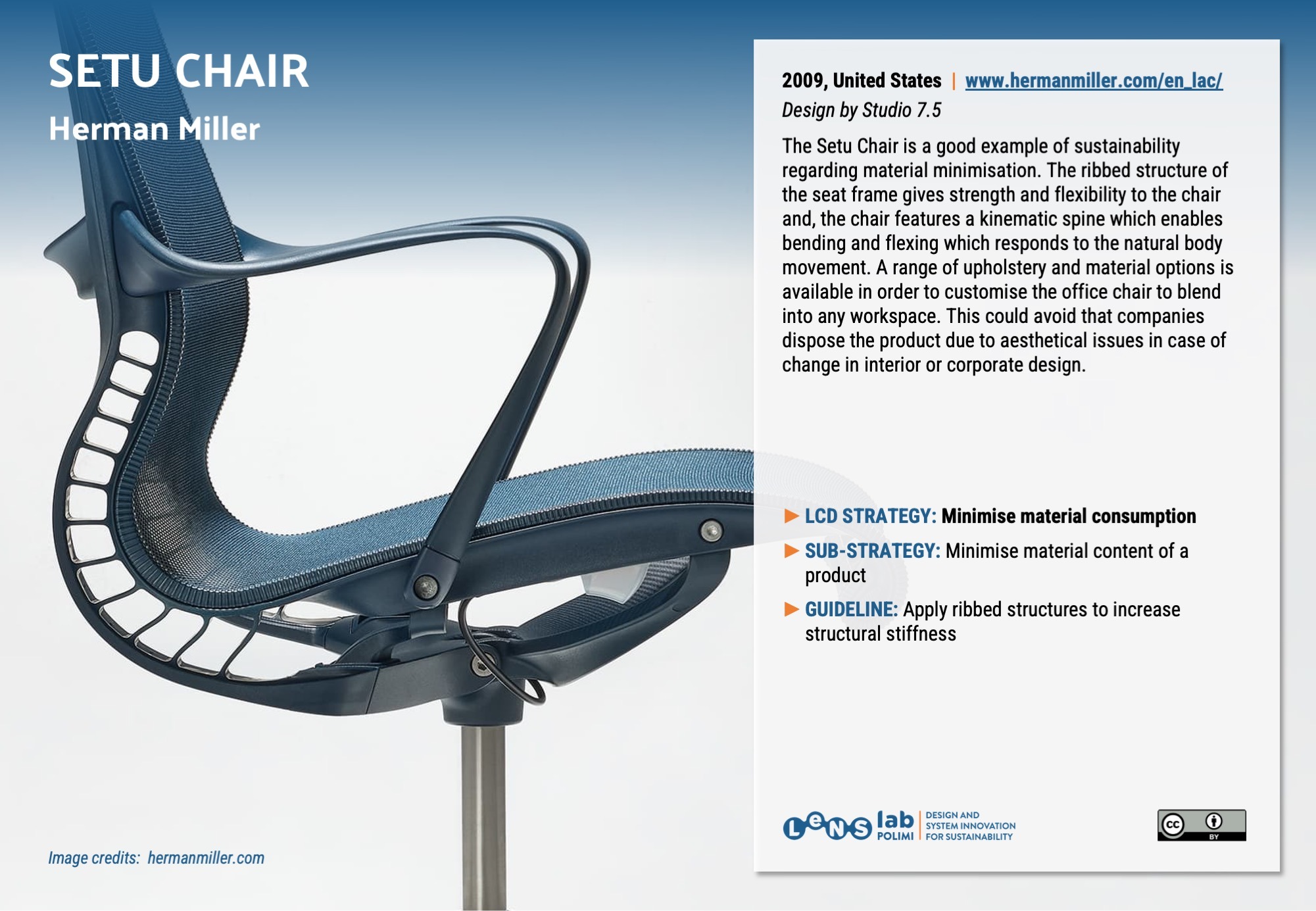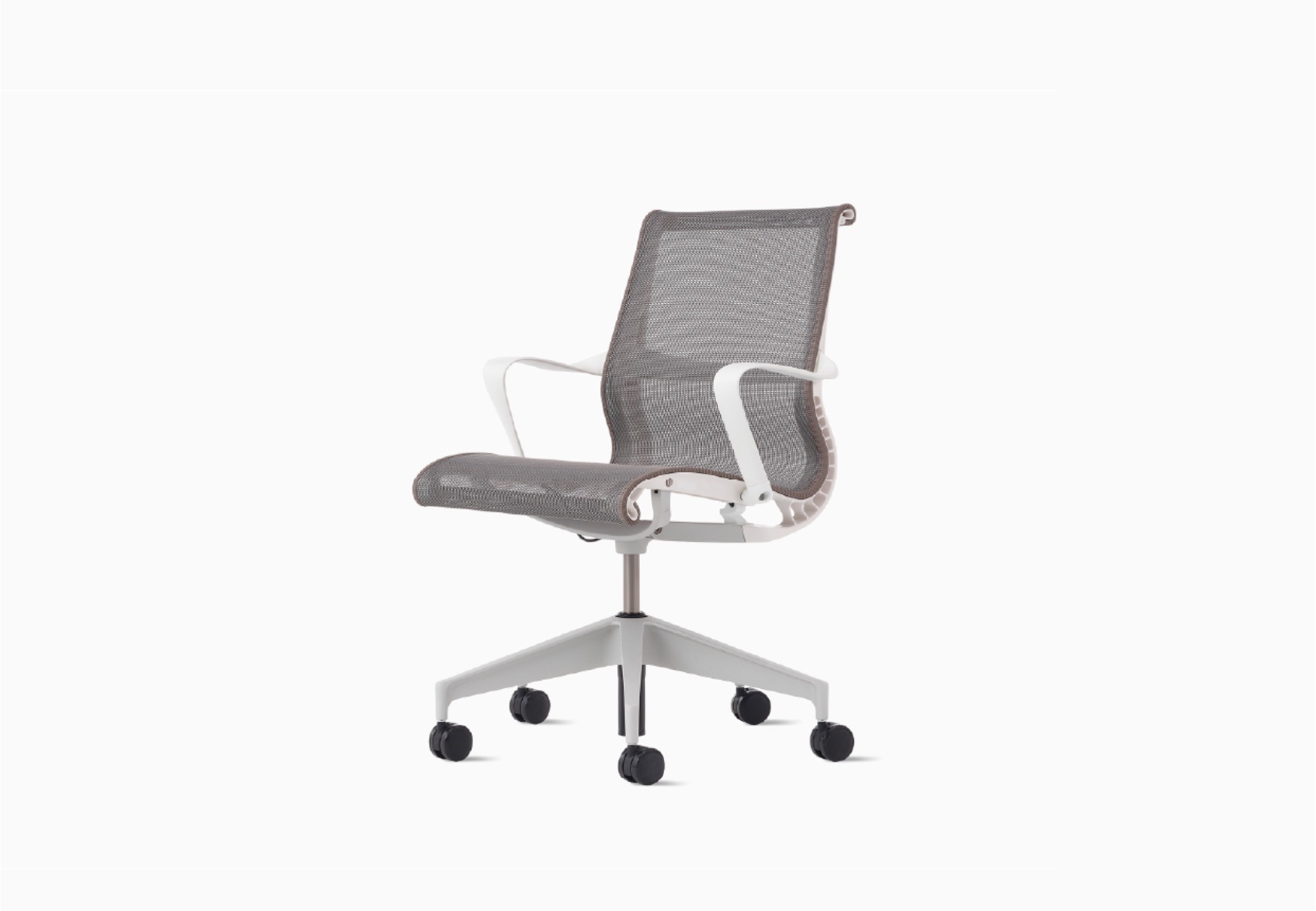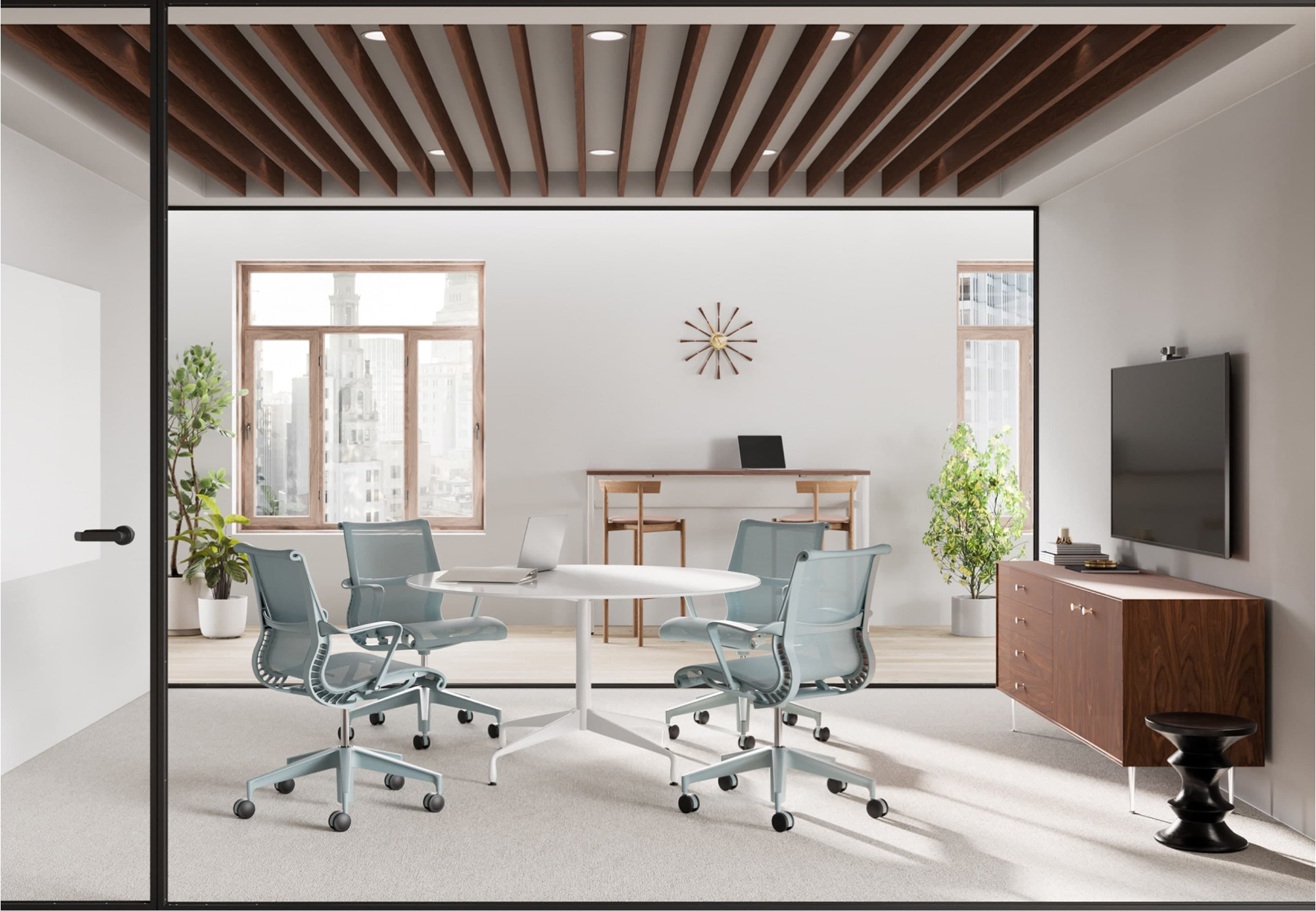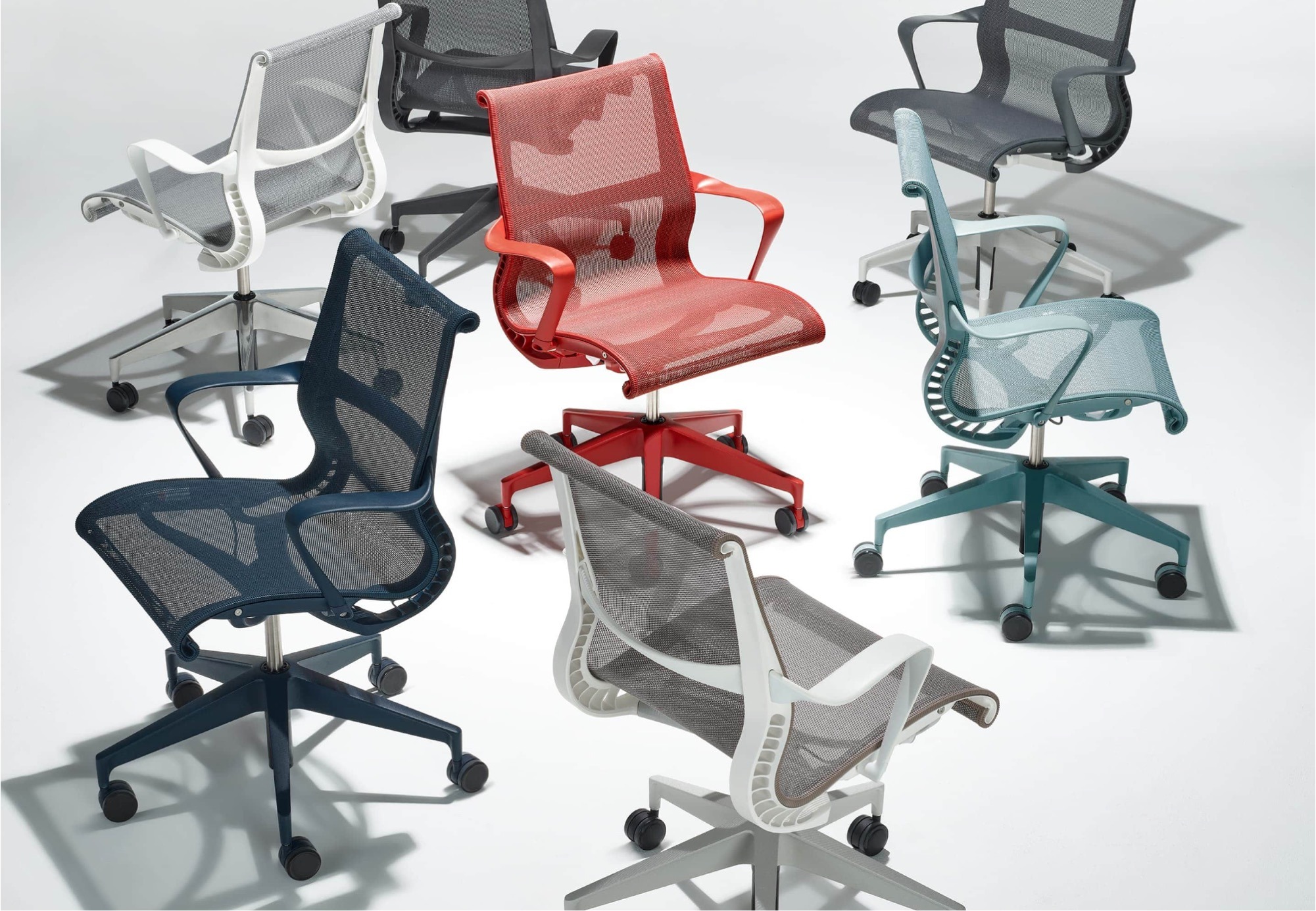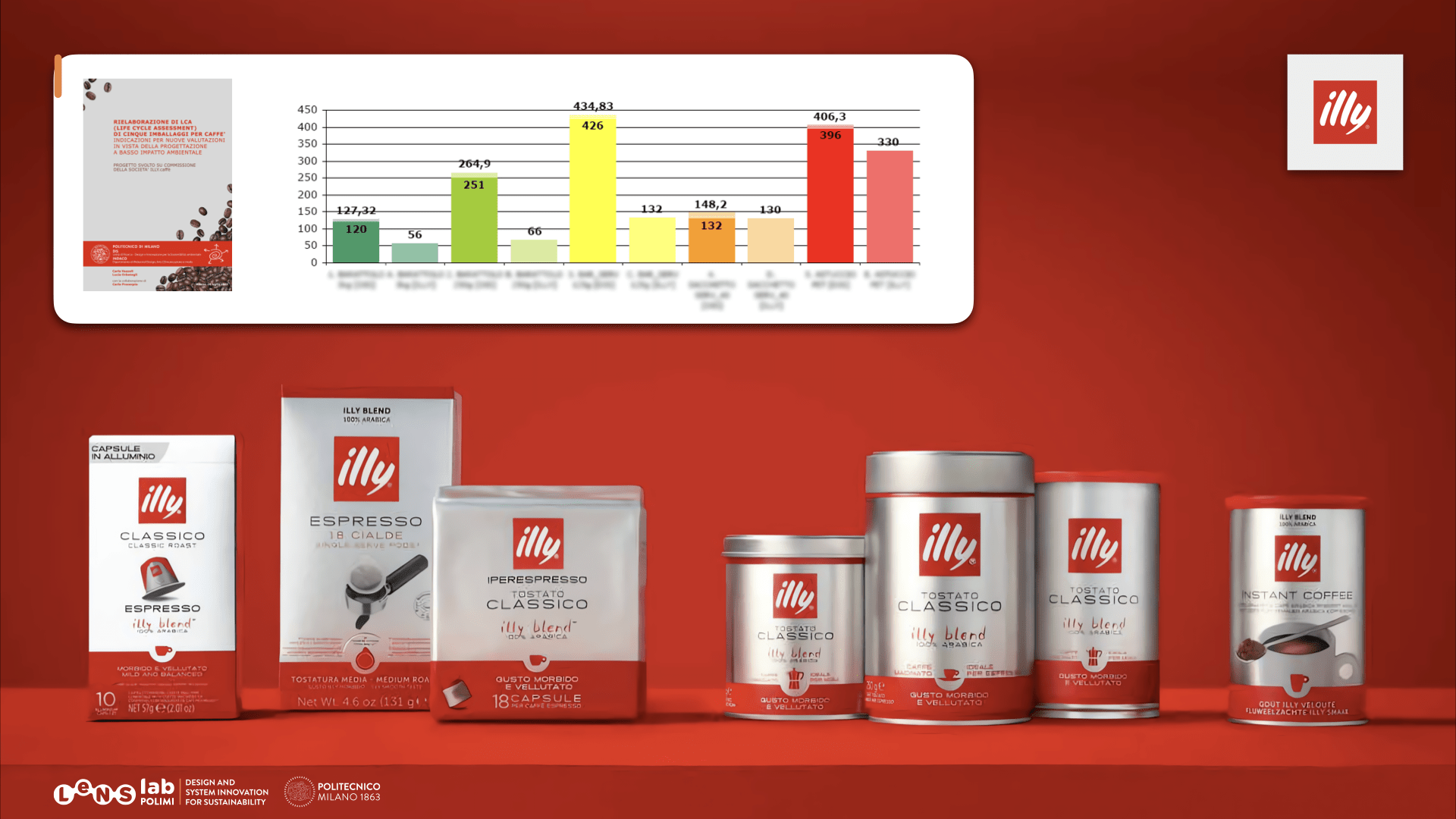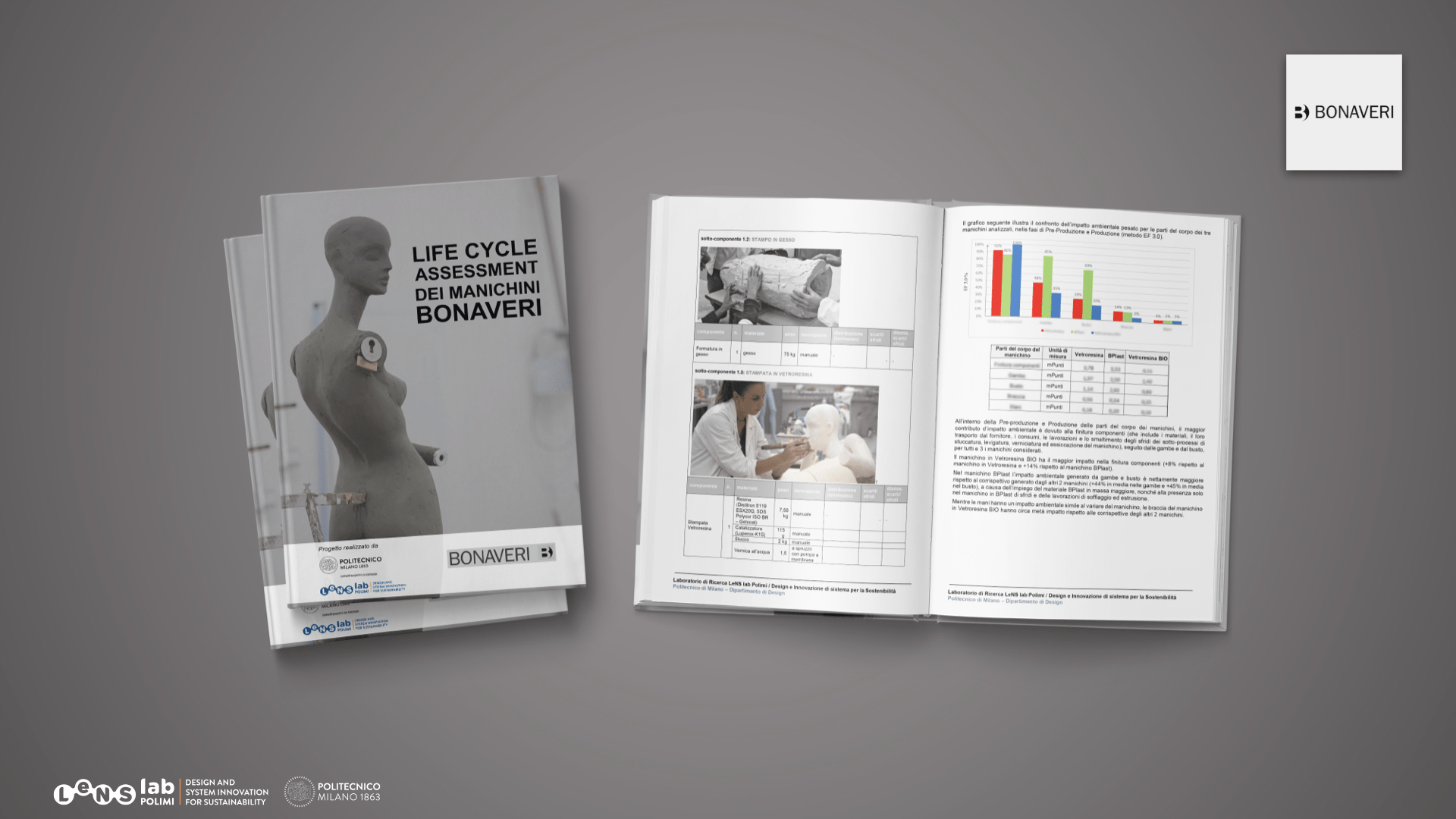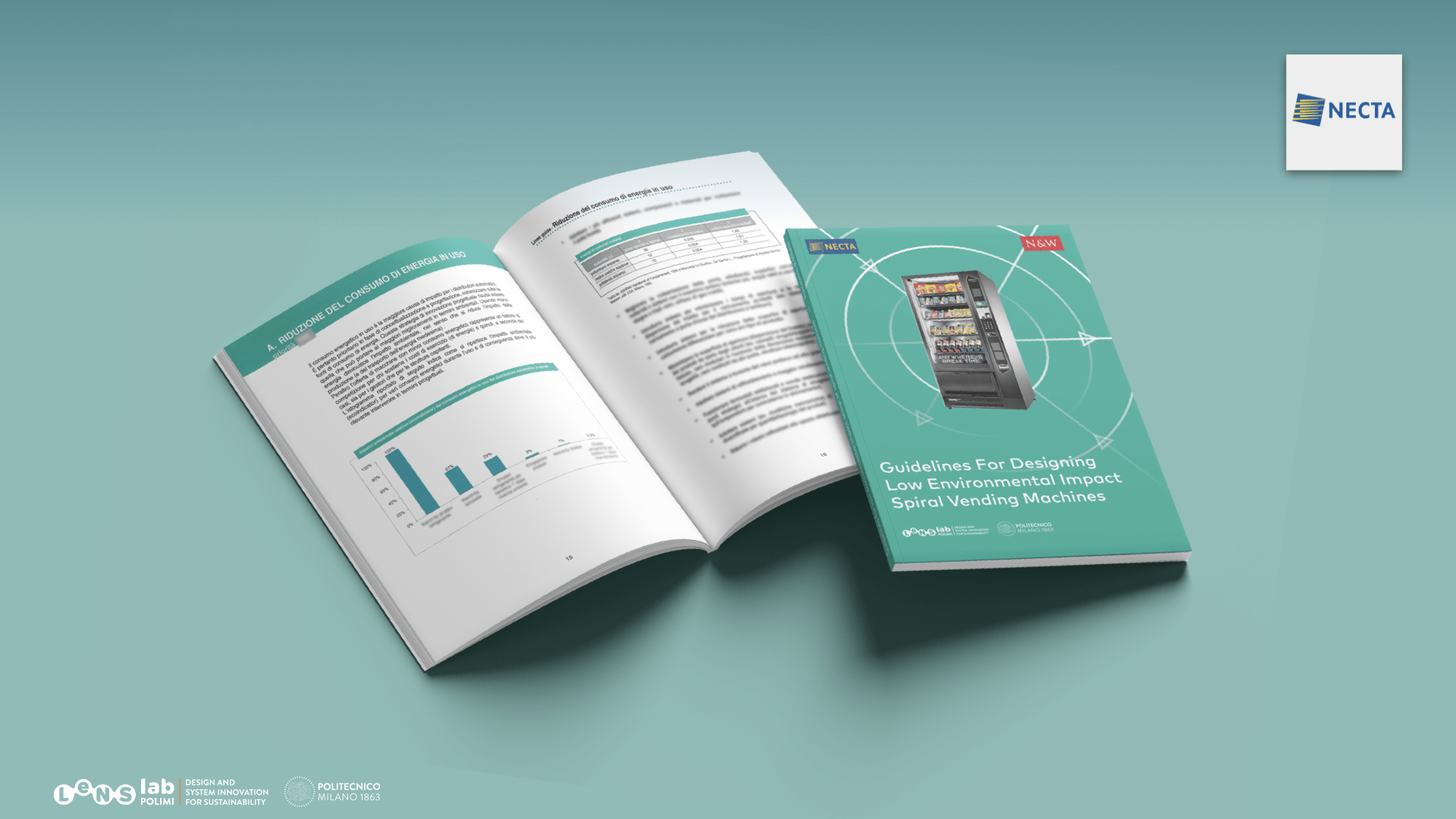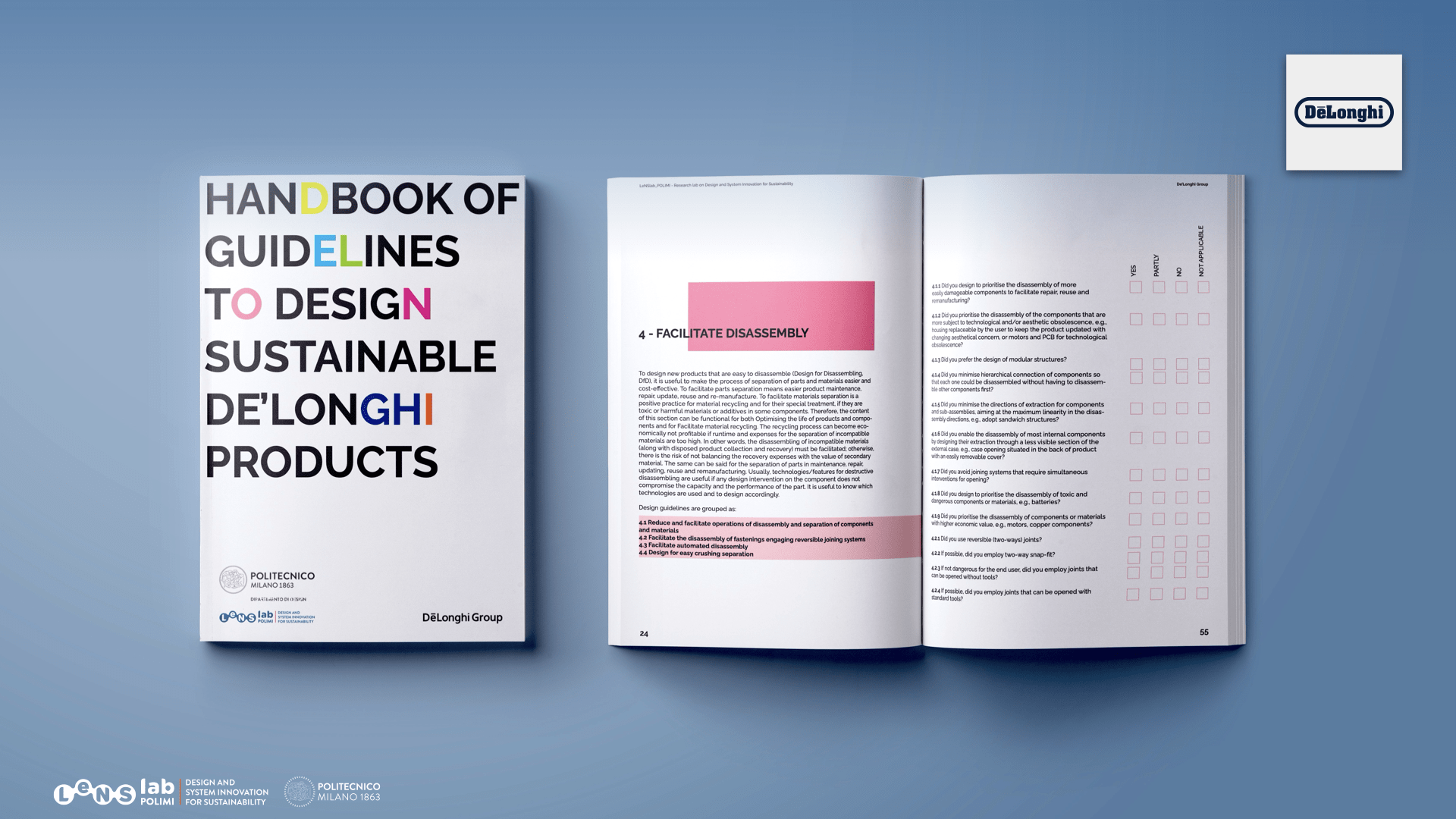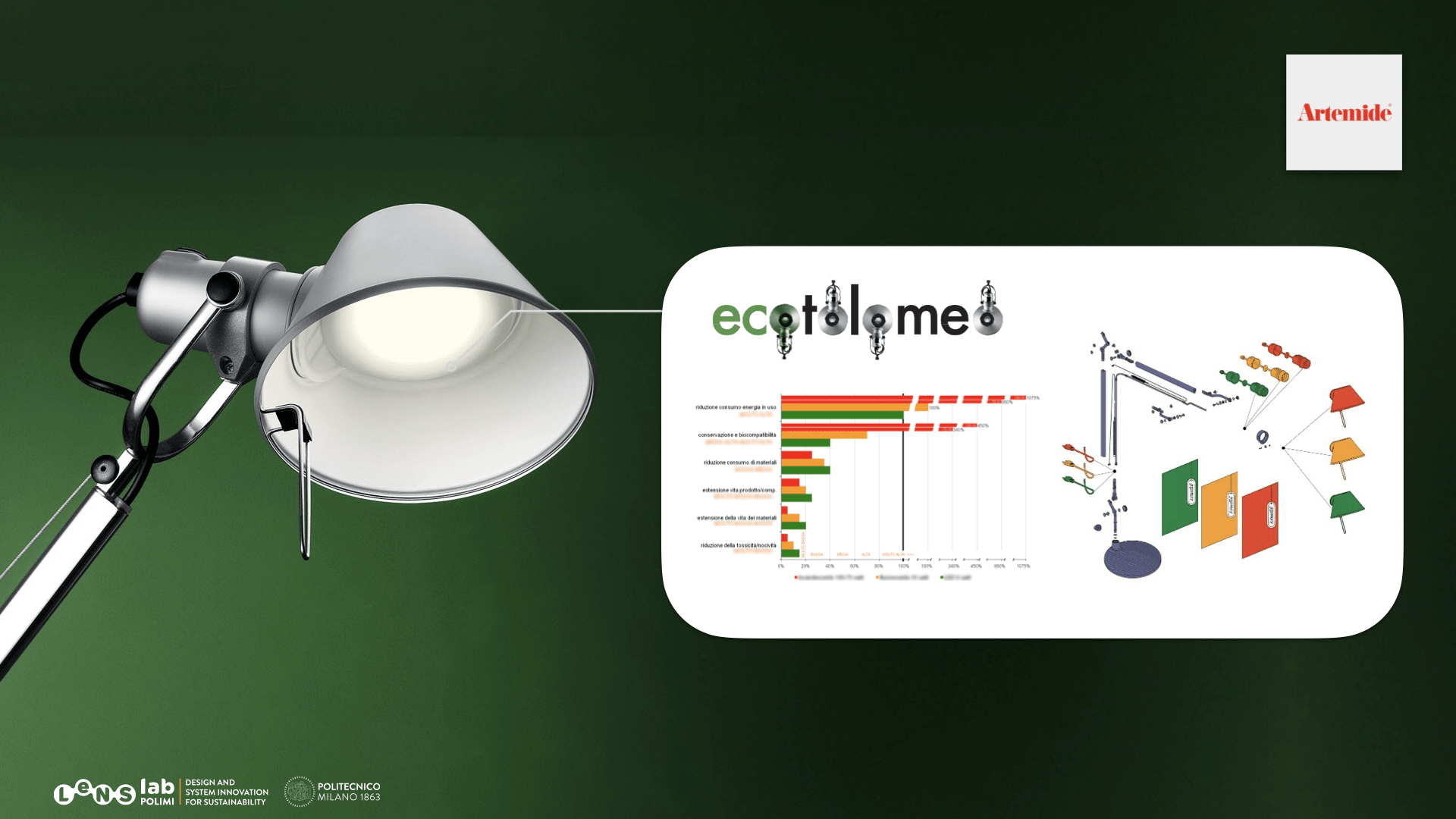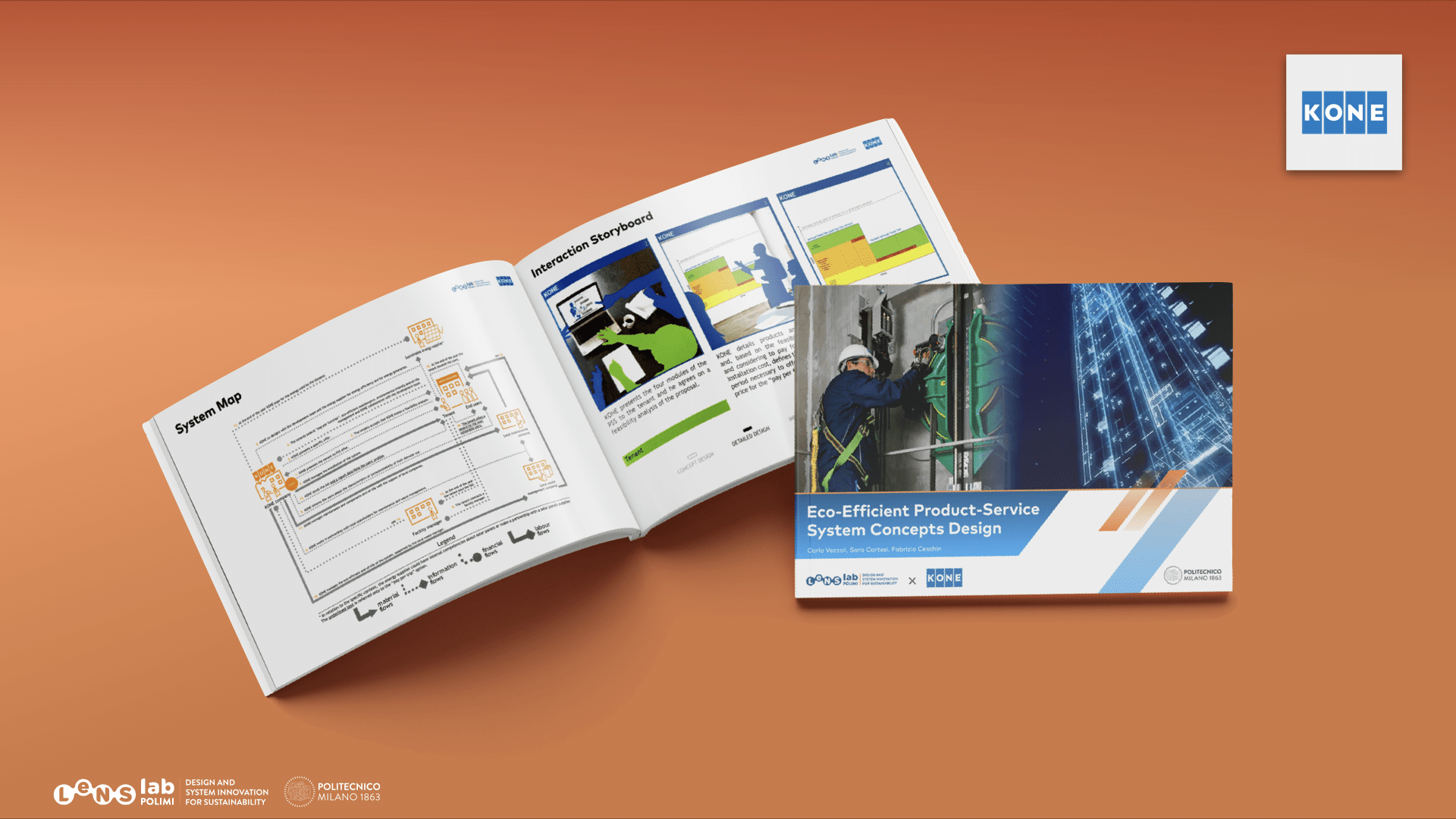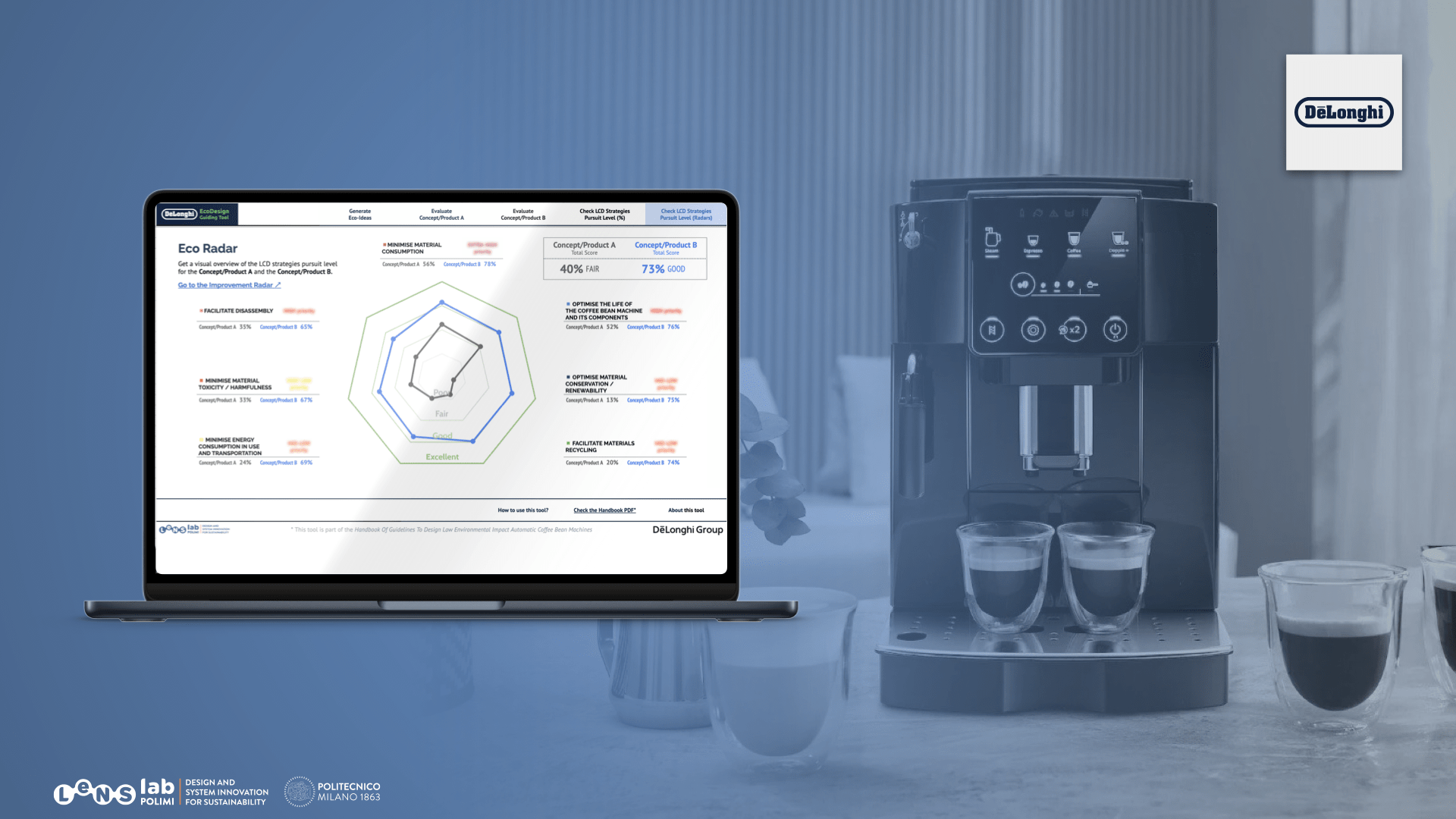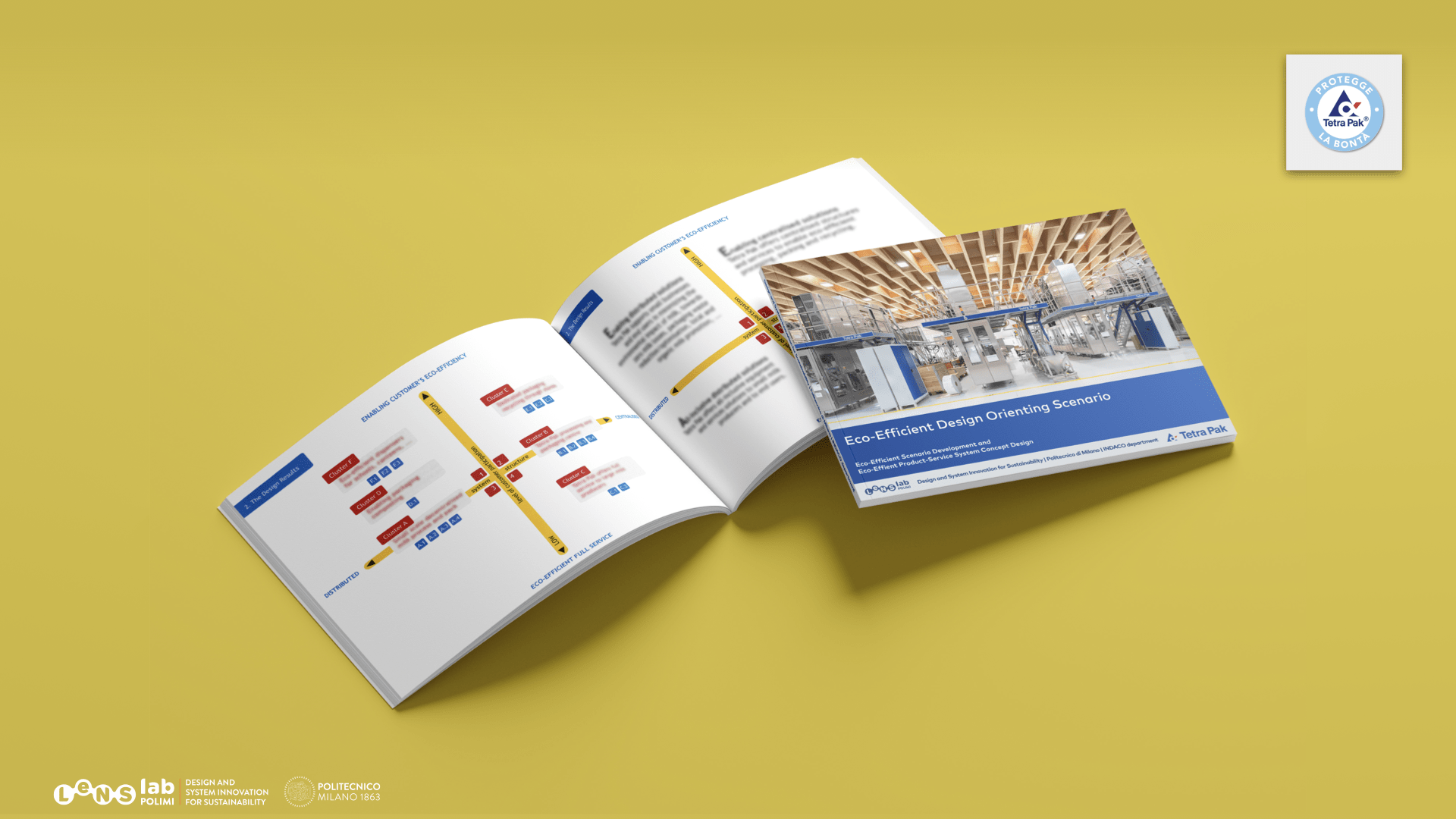2009, United States | Produced by Herman Miller & designed by Studio 7.5
The Setu Chair is a good example of sustainability regarding material minimisation. The ribbed structure of the seat frame gives strength and flexibility to the chair and, the chair features a kinematic spine which enables bending and flexing which responds to the natural body movement. A range of upholstery and material options is available in order to customise the office chair to blend into any workspace. This could avoid that companies dispose the product due to aesthetical issues in case of change in interior or corporate design.
PRODUCT ENVIRONMENTAL SUSTAINABILITY
►
LIFE CYCLE DESIGN STRATEGY
Minimise material consumption
►
SUB-STRATEGY
Minimise material content of a product
►
GUIDELINE
Apply ribbed structures to increase structural stiffness
FURNITURE PRODUCT ENVIRONMENTAL SUSTAINABILITY
►
LIFE CYCLE DESIGN STRATEGY
Reduce material consumption of furniture
►
SUB-STRATEGY
Minimise the material content of furniture
►
GUIDELINE
Use reinforcing structures such as ribbed/honeycombed (e.g. for tabletop) structures or T-sections, hollow shapes (for rotationally moulded plastics and die-cast metals) to improve stiffness and avoid distortions.

